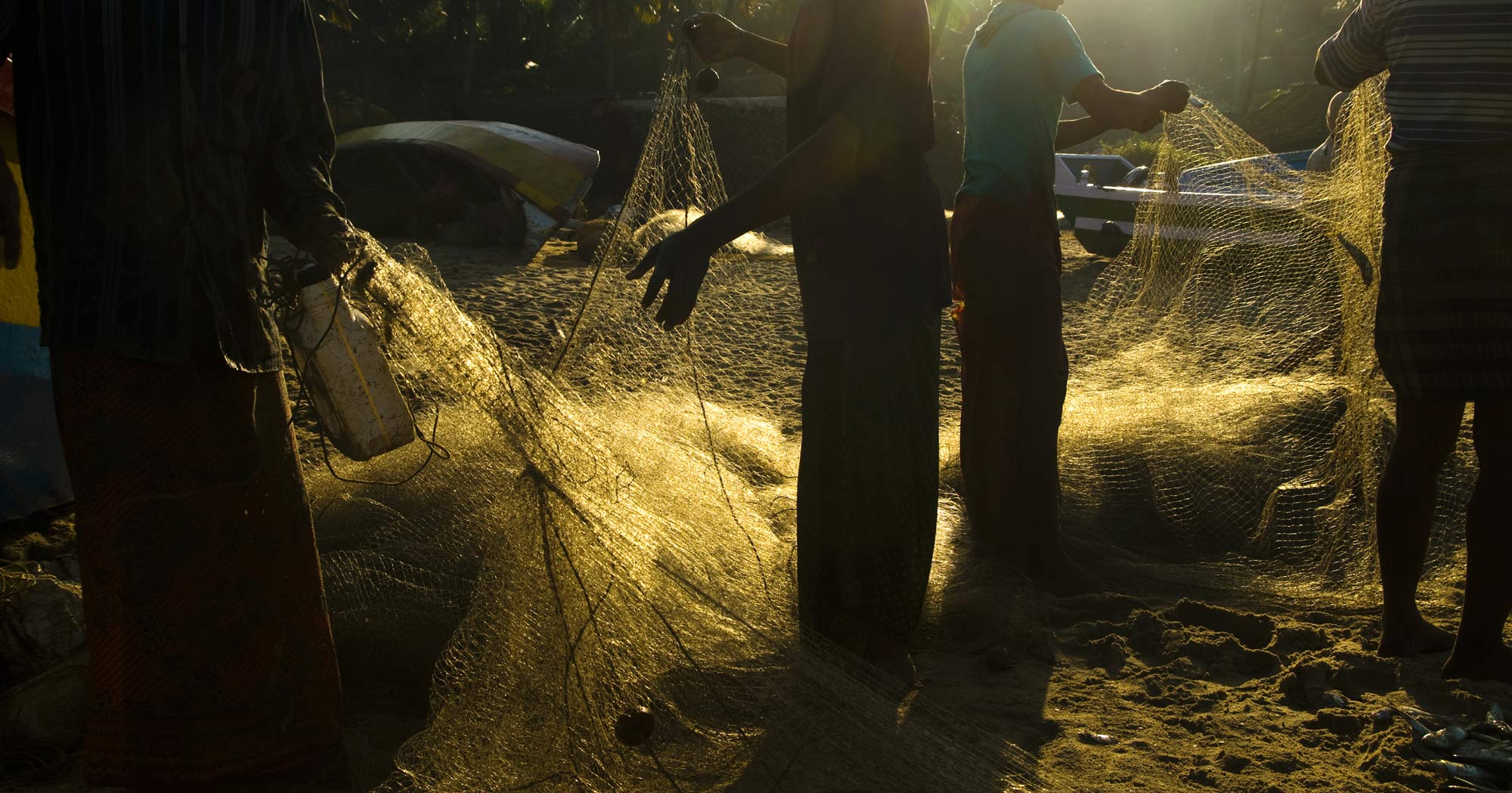New US Strategy for Combating Illegal, Unreported, and Unregulated Fishing
Illegal, unreported, and unregulated fishing is one of the greatest threats to ocean health and a significant cause of overfishing. It contributes to the collapse or decline of fisheries that are critical to the economic growth, food systems, and ecosystems of numerous countries around the world. It is also a global problem that disadvantages law-abiding fishers and seafood producers.
The U.S. Maritime Security and Fisheries Enforcement Act called for stronger federal collaboration to coordinate efforts to address this and other maritime related threats. Today, the Congressionally established U.S. Interagency Working Group on IUU Fishing, composed of 21 member agencies, released its wide-reaching National Five-Year Strategy for Combating Illegal, Unreported, and Unregulated Fishing. Continue reading here (Source: Phys.org).
Press Release – Independent Adjudicator’s Ruling on MSC Certified PNA Tuna Fishery
PNA and Tokelau welcome the decision of the MSC Independent Adjudicator, in respect of the Objection raised against the application, by PNA, to extend the scope of the MSC certification of the PNA tuna fishery to include bigeye tuna and fishing on FADs. The proposed extension of the MSC certification is a hugely important initiative by PNA that would see another 300,000 tonnes of tuna certified as sustainably taken for supply to global markets. This increase would have large implications on many families, business and communities engaged in supplying MSC certified sustainably harvested tunas, and it is important that the process is seen to be scrupulously fair. PNA supports the view of the MSC that the “outcome demonstrates the checks and balances in place to ensure the rigor of MSC certification within the dynamic and complex context of fisheries management.” Continue reading here (Source: Parties to the Nauru Agreement).
Europe is Addressing Widespread Tuna Fraud by Limiting Additives
When you crack open a can of tuna, how can you be sure you’re getting the real deal? In recent years, fish fraud has evolved into less of an epidemic than a commonplace annoyance in the public food sphere. In 2021, when Subway faced a class-action lawsuit alleging that its tuna was fake, The New York Times conducted a PCR test of Subway’s tuna and concluded, “No amplifiable tuna DNA was present in the sample … Therefore, we cannot identify the species.” These findings meant that either the tuna was so heavily mixed with non-tuna ingredients that its genetic code couldn’t be detected, or else it just wasn’t tuna at all. (Doesn’t sound great, either way.)
That’s essentially the same principle behind imitation crab meat, which has earned the charming nickname “the hotdog of the sea.” Per Healthline, imitation crab is made from something called “surimi,” which is washed, deboned, miscellaneous fish flesh ground into a paste and formed into crab-meat shapes. Any actual crab meat in the mix is added after the fact, and only in sparse amounts for flavoring. Often, there isn’t any crab meat in there at all. But, the difference is, when you purchase imitation crab meat, the name itself lets you know you’re getting fake fish. When you buy fake tuna at the grocery store, the label usually just says “tuna” — that is, until now. This week, Europe is addressing widespread tuna fraud by limiting additives. Continue reading here (Source: TastingTable).
Targeted Fuel Subsidies Could Save Ecuador Up To $250 Million – Minister
Plans by Ecuador’s government to focus fuel subsidies on the neediest consumers and businesses could save it between $150 million and $250 million, its vice economy minister said.
The South American country this year is set to nearly double its spending on fuel subsidies, which previous governments have failed to narrow, to some $4 billion, because of the increase in international oil prices.
But the government last week signed a deal with indigenous groups to narrow the subsidies, following months of dialog on debt forgiveness, oil and mining policy and other issues. Continue reading here (Source: Financial Post).
New Research Shows Tuna Stocks Benefit From Expansion of Papahanaumokuakea Monument
When President Barack Obama greatly expanded Papahanaumokuakea Marine National Monument in 2016, the goal was pretty basic: protect the marine life found within that vast stretch of the Pacific Ocean up to 200 miles around the Northwestern Hawaiian Islands.
But new research out of the University of Hawaii indicates there’s been another benefit to what was at the time the world’s largest marine protected area, which the commercial fishing industry staunchly opposed.
The monument, researchers found, has actually helped to revive the stocks of the migratory tuna that have swum through its borders over the past several years since fishing has been banned there. Continue reading here (Source: Honolulu Civil Beat).
Largest Marine Sanctuary in the World Set to Expand
For more than 20 years, French Polynesia, also known as The Islands of Tahiti, has quietly served as the home to the largest marine sanctuary in the world and it is set to expand to reach 350,000 square miles by 2030.
The Islands of Tahiti are composed of more than 118 islands in total stretching across five archipelagos, only an eight hour, nonstop flight from the West Coast of the United States. These islands have long stood as an unassuming haven for dozens of threatened species of cetaceans, sharks, sea turtles and more. The expanded territory will also have a goal of specifically protecting corals, a critical species which provides more than half of the oxygen on the planet. Continue reading here (Source: Scuba Diver Mag).



